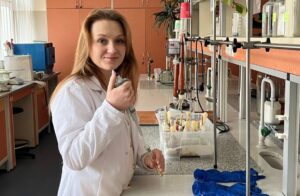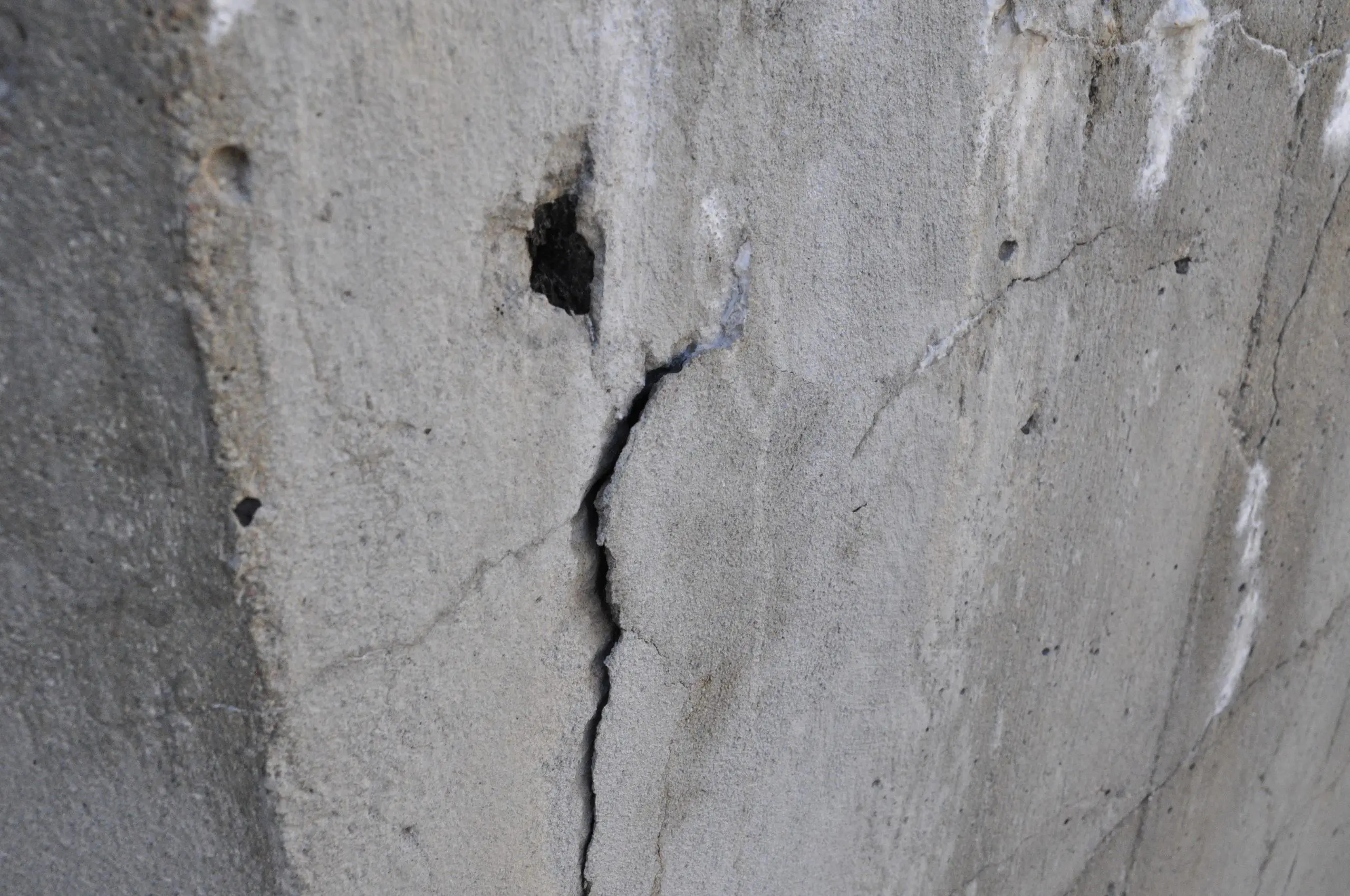Due to its strength and versatility, concrete is one of the most widely used building materials in the world. However, over time, concrete structures are prone to developing cracks and micro-damage, which can lead to costly repairs and shorten the life of structures. In response to these challenges, researchers are developing innovative methods for self-repairing concrete using microorganisms and enzymes.

Dr. Eng. Martyna Janek / photo: Dominik Smaga, RMF FM
Bacteria in the service of construction industry
A team of researchers from Lublin University of Technology is working on using bacteria capable of precipitating calcium carbonate to repair cracks in concrete. As Dr. Martyna Janek from the Department of Construction Materials Engineering and Geoengineering explains, introducing appropriate strains of bacteria into concrete, along with the necessary nutrients, can result in self-sealing of the resulting cracks. The bacteria are activated in the presence of oxygen and water, which enter the cracks, initiating the process of mineralization and filling the cavities.
There are two main approaches to using bacteria in concrete repair. The first involves creating repair formulations that can be applied to damaged surfaces. These solutions, thanks to their liquid form, are able to penetrate deep into cracks, providing effective regeneration. The second approach involves adding microorganisms to the concrete mix at the preparation stage. In this case, the bacteria remain dormant until the cracks appear, when, in contact with water and oxygen, they begin the repair process.
One of the key challenges in developing these technologies is to ensure the long-term viability of the bacteria in the concrete structure. Researchers are working on methods to encapsulate microorganisms in porous materials that protect them from adverse environmental conditions and allow them to be activated when the appropriate time comes. In addition, the use of bacterial strains from extreme environments, such as Antarctica, can increase the microorganisms’ resistance to a variety of atmospheric factors, which is important for the durability of building structures.
Alternative approaches: enzymes replacing bacteria
In addition to the use of bacteria, researchers are also exploring other methods of concrete self-repair. Researchers at Worcester Polytechnic Institute have developed concrete containing carbonate anhydrase enzymes that, when exposed to carbon dioxide from the air, form calcium carbonate crystals to fill cracks. This approach eliminates the need for living organisms, which can simplify the production and application process of such concrete.
Innovative concrete self-repair technologies, using both microorganisms and enzymes, have the potential to significantly extend the life of building structures, while reducing the costs associated with maintenance and repair. Although scientists still face many challenges, the development of these methods could revolutionize the construction industry in the future, leading to more durable and self-sustaining materials.
Source: dzienniknaukowy.pl, rmf24.pl, n-cover photo: immerbau.pl






